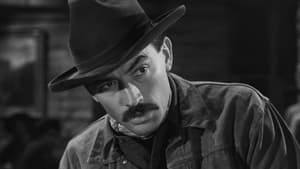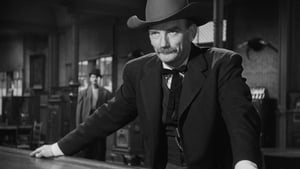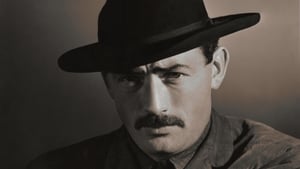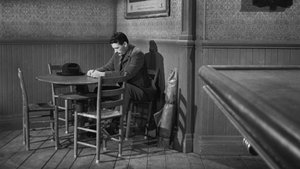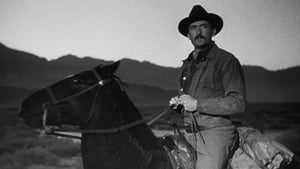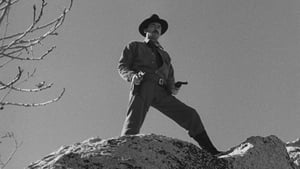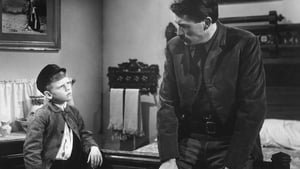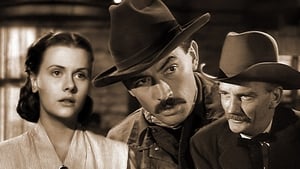Contact: [email protected]
Video Sources 0 Views
- Watch trailer
- The Gunfighter Colorized

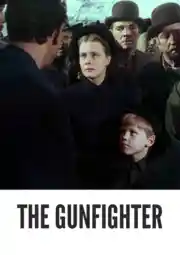
The Gunfighter Colorized 1950: Best Timeless Classic Revived in Full Color
Synopsis
[ez-toc]




Introduction
In the vast expanse of cinematic history, certain films stand as pillars, casting shadows that endure across the ages. One such timeless masterpiece is “The Gunfighter Colorized” (1950), a classic Western directed by the legendary Henry King. Recently, this black-and-white gem underwent a transformative process – colorization. This article delves into the heart of “The Gunfighter Colorized 1950,” exploring its narrative, the stellar cast, the contentious art of colorization, and the broader conversation surrounding film restoration.
Read Media File Transfer Agreement: Terms and Conditions
Read FAQ
The Gunfighter Colorized: A Legendary Tale of Gunslingers and Redemption
At the heart of “The Gunfighter Colorized” lies a narrative that transcends the limitations of time. Gregory Peck, in a role that would leave an indelible mark on cinematic history, portrays the complex gunslinger, Jimmy Ringo. Mark Strett, played with steely determination by Mark Strett, embodies the relentless marshal pursuing Ringo, creating a tension that defines the film. Peggy Walsh, portrayed by the talented Peggy Walsh, brings depth to the storyline as Ringo’s former love interest, while Hunt Bromley, the vengeful antagonist, adds layers of conflict.
“The Gunfighter Colorized” weaves a tale of redemption, as Jimmy Ringo, burdened by his notorious reputation, seeks a peaceful life. The film’s exploration of morality and the consequences of one’s actions align with the timeless themes of the Western genre. Against the backdrop of a visually arresting Old West, the film stands as a testament to the craftsmanship of its era, drawing audiences into a world where the line between good and bad blurs.
Revitalizing History: The Art of Colorizing Old Movies
Enter the controversial realm of colorization, a process that has sparked debates among purists and innovators alike. The decision to infuse color into black-and-white classics such as “The Gunfighter Colorized” serves a dual purpose: preserving cinematic heritage and introducing these films to new audiences. Colorization, as a form of movie preservation, becomes a bridge connecting generations, ensuring that the stories etched in black and white remain vivid and relevant.
This contentious technique, however, has faced criticism for potentially compromising the artistic integrity of the original works. The debate surrounding colorization touches on the delicate balance between honoring the filmmaker’s vision and making old films accessible to contemporary viewers. As “The Gunfighter Colorized” takes on a new chromatic life, the question lingers – does colorization breathe fresh life into cinematic classics or risk diluting their essence?
The Gunfighter in Full Spectrum: Analyzing the Colorized Version
To truly appreciate the impact of colorization, one must dive into the visual tapestry of the colorized 1950 version of “The Gunfighter.” The once monochrome landscapes of the Old West now burst forth in vibrant hues, enhancing the film’s visual storytelling. The meticulous process of colorization highlights the details of costumes, landscapes, and expressions, immersing the audience in an enriched cinematic experience.
In key scenes, such as the dramatic face-off between Jimmy Ringo and Mark Strett, the colors intensify the emotional undertones, adding depth to the characters’ motivations. The dusty streets and saloons, once confined to shades of gray, now resonate with the warmth of sepia tones and the vividness of the Western palette. The colorized version of “The Gunfighter” becomes a dynamic canvas, painting the Old West in hues previously unseen.
Preserving Cinematic Heritage: The Importance of Film Restoration
Beyond the debate over colorization lies the broader context of film restoration. Preserving the cinematic heritage involves more than just adding color; it requires meticulous restoration to ensure that these cultural artifacts withstand the test of time. The process involves cleaning, repairing, and digitizing the original negatives, safeguarding them against the inevitable decay that comes with age.
Film restoration safeguards not only the visual elements of a movie but also the essence of its storytelling. It is an essential step in the delicate dance between honoring the past and embracing the future. In the case of “The Gunfighter Colorized,” restoration extends beyond the addition of color, focusing on revitalizing the entire cinematic experience for modern audiences.
Bringing Back a Classic: Restoring “The Gunfighter Colorized” to Its Former Glory
The restoration of “The Gunfighter” presents a Herculean task, requiring a delicate balance between preserving the film’s authenticity and enhancing its visual appeal. The challenges faced in restoring this classic masterpiece involve navigating the fragility of original film elements while incorporating modern technologies to meet contemporary standards.
Notable techniques include the application of digital tools to repair damaged frames, eliminate scratches, and enhance audio quality. The restoration team must tread carefully, ensuring that every modification aligns with the original artistic vision. The result is a rejuvenated “The Gunfighter,” a film that pays homage to its roots while embracing the capabilities of the present.
Revisiting a Gem: The Enduring Legacy of “The Gunfighter Colorized” (1950)
Upon its initial release, “The Gunfighter” received accolades for its gripping narrative, stellar performances, and the portrayal of the moral complexities that defined the Western genre. Critics praised Gregory Peck’s nuanced depiction of Jimmy Ringo, recognizing the film’s contribution to the evolution of Western cinema.
The enduring legacy of “The Gunfighter” extends beyond its critical acclaim. The film’s influence can be traced through the corridors of cinematic history, with actors like Richard Jaeckle, Skip Homier, and even the iconic John Wayne drawing inspiration from its narrative and character dynamics. It remains a touchstone for filmmakers exploring the intricate dance between good and evil in the vast landscapes of the Old West.
Experience the West in Living Color: Watching “The Gunfighter” (1950) Today
For cinephiles seeking to immerse themselves in the Western genre, “The Gunfighter Colorized 1950” offers a unique experience. The colorization process breathes new life into this classic, allowing audiences to witness the Old West in all its chromatic splendor. However, it’s crucial to approach this version with an open mind, understanding that the addition of color is a tool to enhance rather than replace the original black-and-white masterpiece.
As you embark on this journey through the revitalized West, consider exploring other colorized classics from the same era. Discover the nuanced shades of films that have undergone similar transformations, appreciating the efforts to bridge the gap between past and present. Let the colors of “The Gunfighter” serve as a gateway to a broader appreciation of the Western genre’s evolution.
Preserving the Past, Embracing the Future
In the closing act of this cinematic journey, the spotlight shifts to the delicate balance between preserving the past and embracing the future. “The Gunfighter Colorized 1950” symbolizes the ongoing dialogue within the film industry – a dialogue that grapples with the challenges of preserving the authenticity of old movies while utilizing modern technologies to reach wider audiences.
As we appreciate the kaleidoscopic beauty of “The Gunfighter” in its colorized form, let us not forget the importance of preserving the black-and-white originals. Both versions, each with its unique charm, contribute to the rich tapestry of cinematic history. In navigating the colorization debate, we must recognize the value of both the old and the new, understanding that each iteration adds layers to our understanding of the artistry that transcends time.
In conclusion, “The Gunfighter Colorized 1950” stands as a testament to the enduring power of storytelling and the willingness to adapt without sacrificing the essence of the past. As we gaze upon the vibrant hues of the Old West, let us remember that the magic of cinema lies not just in the colors on the screen but in the stories that echo through the ages. Embrace the past, celebrate the present, and anticipate the future – for the world of film is a canvas ever-evolving, waiting for us to explore its depths.
